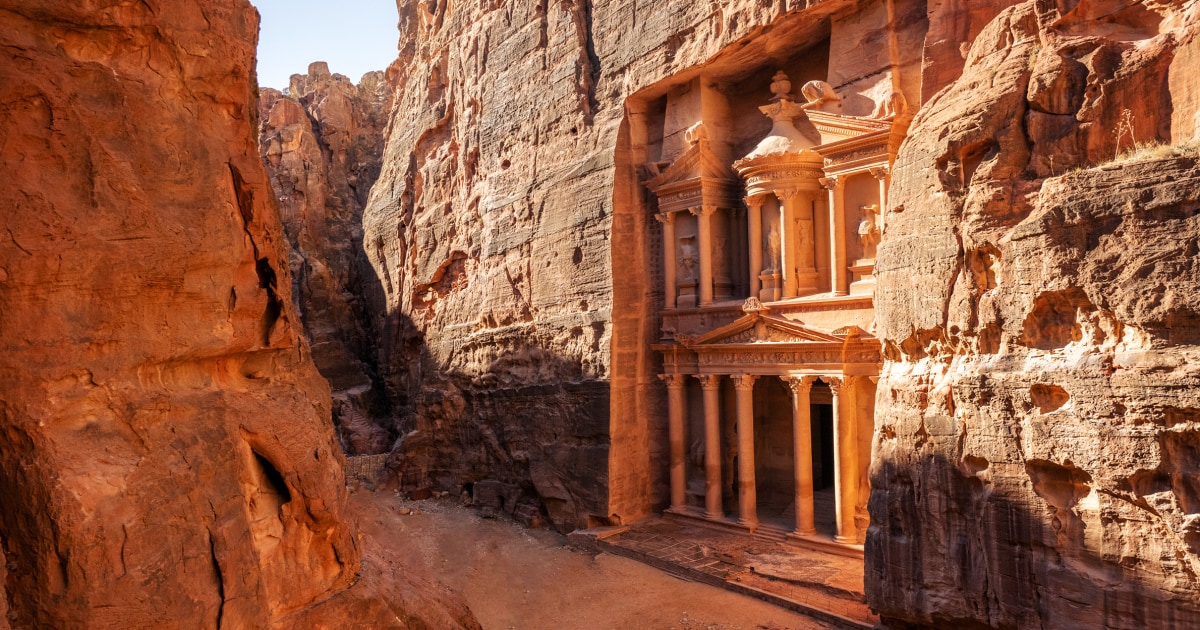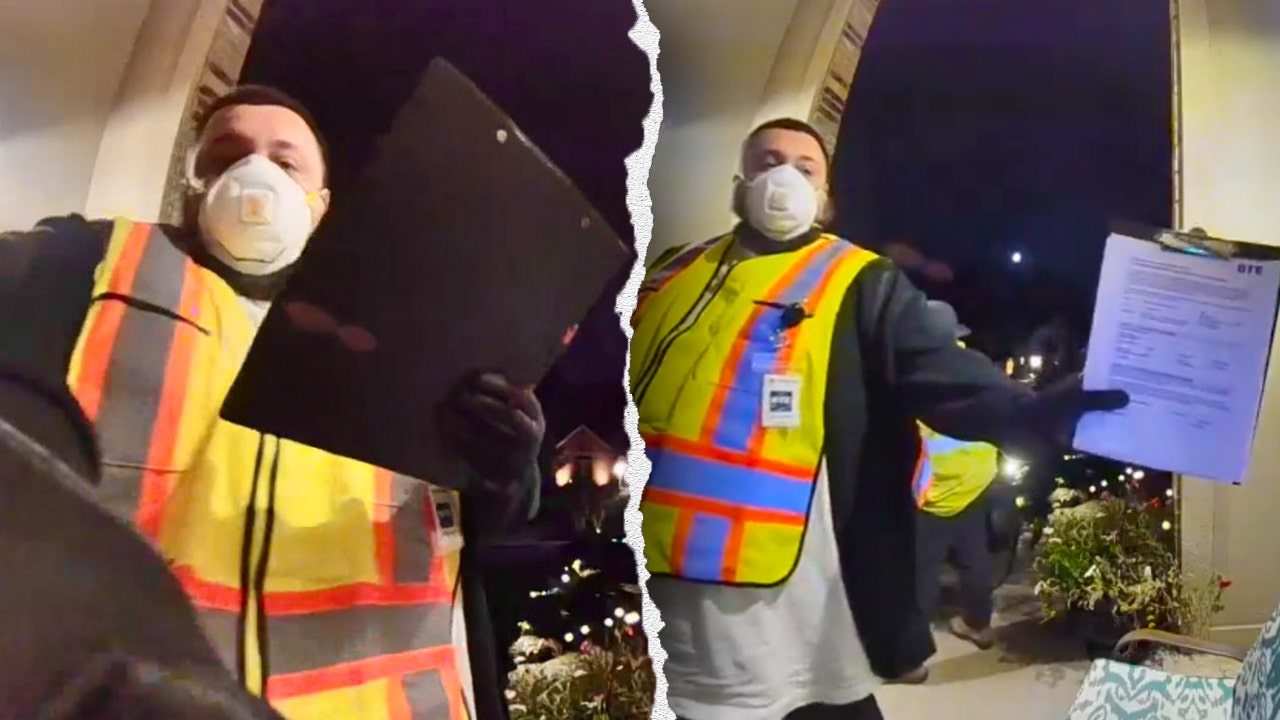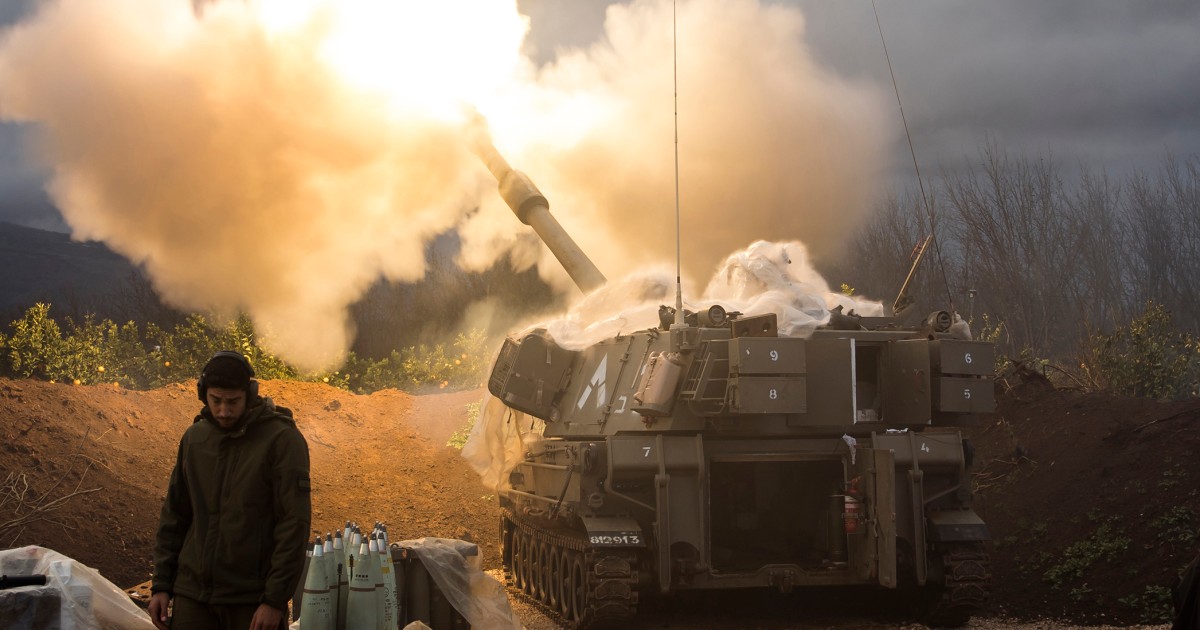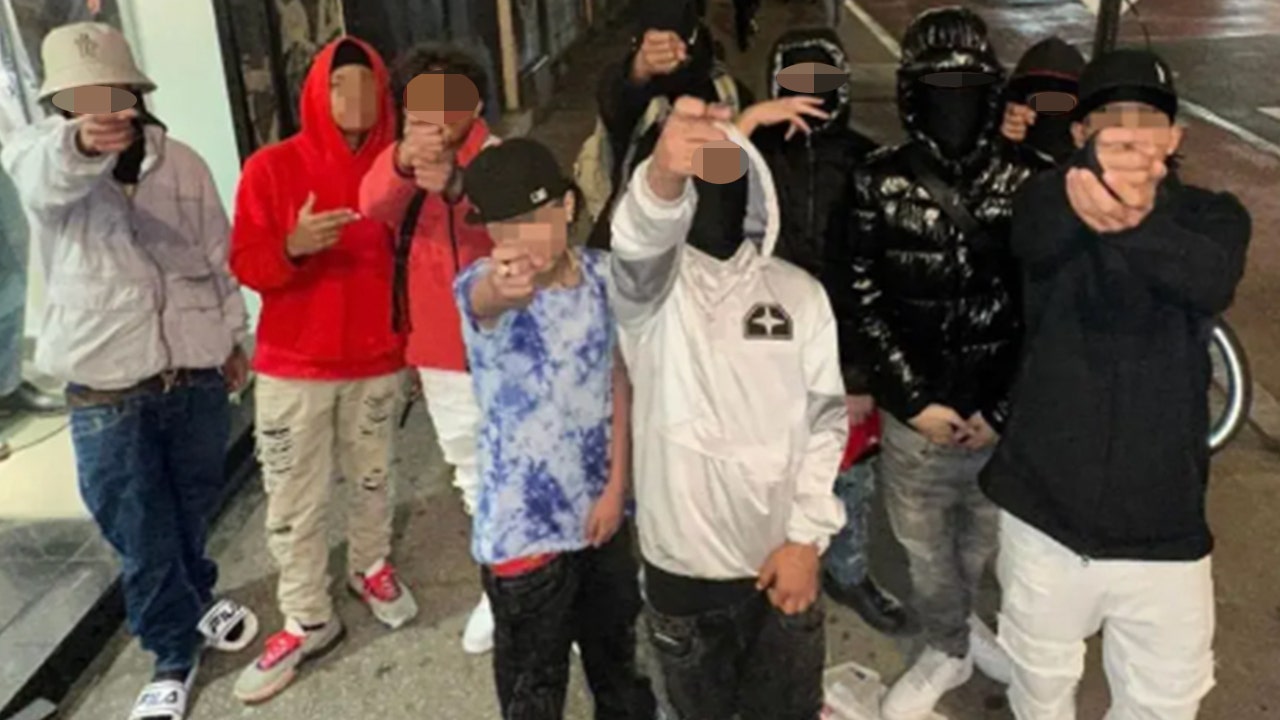The mysterious veil of the Treasury monument in Petra, Jordan, has been lifted once again.
Beneath the ancient rock-cut building, archaeologists have uncovered a hidden tomb containing 12 relatively well-preserved human skeletons along with an extensive array of grave offerings.
The discovery comes more than two decades after similar tombs were found on the other side of the famed Treasury, also known as Al Khazneh, which is one of the Seven Wonders of the World as well as a UNESCO World Heritage site.
A team of researchers received permission from Jordanian authorities early this year to undertake a week of remote sensing in and around the Treasury, which was the center of a city hand-carved into the walls of a desert canyon by the people of the Nabatean Kingdom.
“There was always the thought that there might be more tombs, but none had ever been found that still contained burials,” Richard Bates, a geophysicist and professor at the University of St. Andrews in Scotland, told NBC News in an email. “The hope was to find a tomb that was intact.”
Using ground-penetrating radar, the joint Jordanian and American team, which also included the Jordanian Department of Antiquities and the American Center of Research, a nonprofit based in Amman, detected a void and pinpointed its location and depth. Instead of digging straight down, which would have meant cutting through solid rock and damaging part of the building, they dug carefully from the outside toward the void by hand, Bates said.
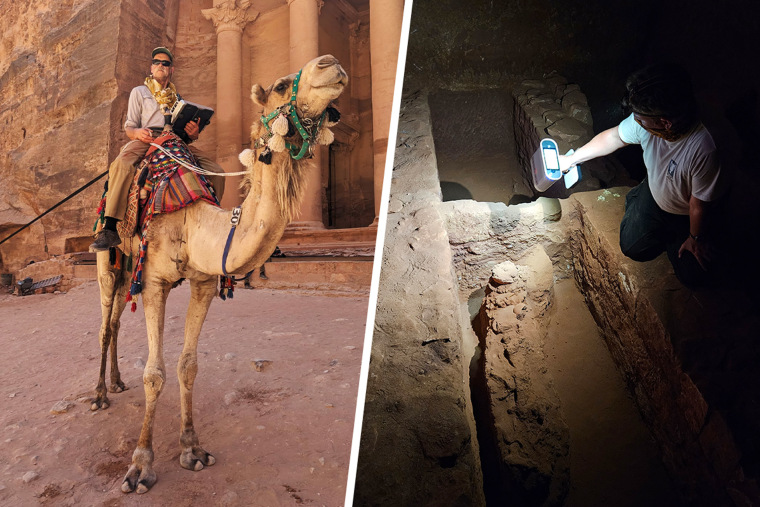
Courtesy of Professor Richard Bates / University of St. Andrews
Inside were 12 human skeletons at their original burial site, including one grasping the top part of a broken jug that most likely dates to the first century BC. The remains most likely include both men and women and range in age from children to adults, Bates said, though that has yet to be confirmed.
The discovery could provide new insight into the Treasury, whose purpose remains unknown, as well as the Nabatean people.
“Since no complete burials has ever been found here before, it is likely that we will learn a great deal more about the Nabatean kingdom from this find,” Bates said.
The Treasury, which receives more than a million visitors a year, is the most famous of Petra’s iconic monuments. It appeared in Steven Spielberg’s 1989 film “Indiana Jones and the Last Crusade” as the cinematic resting place of the Holy Grail.
The excavation of the newly revealed tomb was featured in a two-part episode of the American reality television series “Expedition Unknown” that aired on Discovery Channel.
Bates said there were indications of other voids in the area that could also be tombs.



